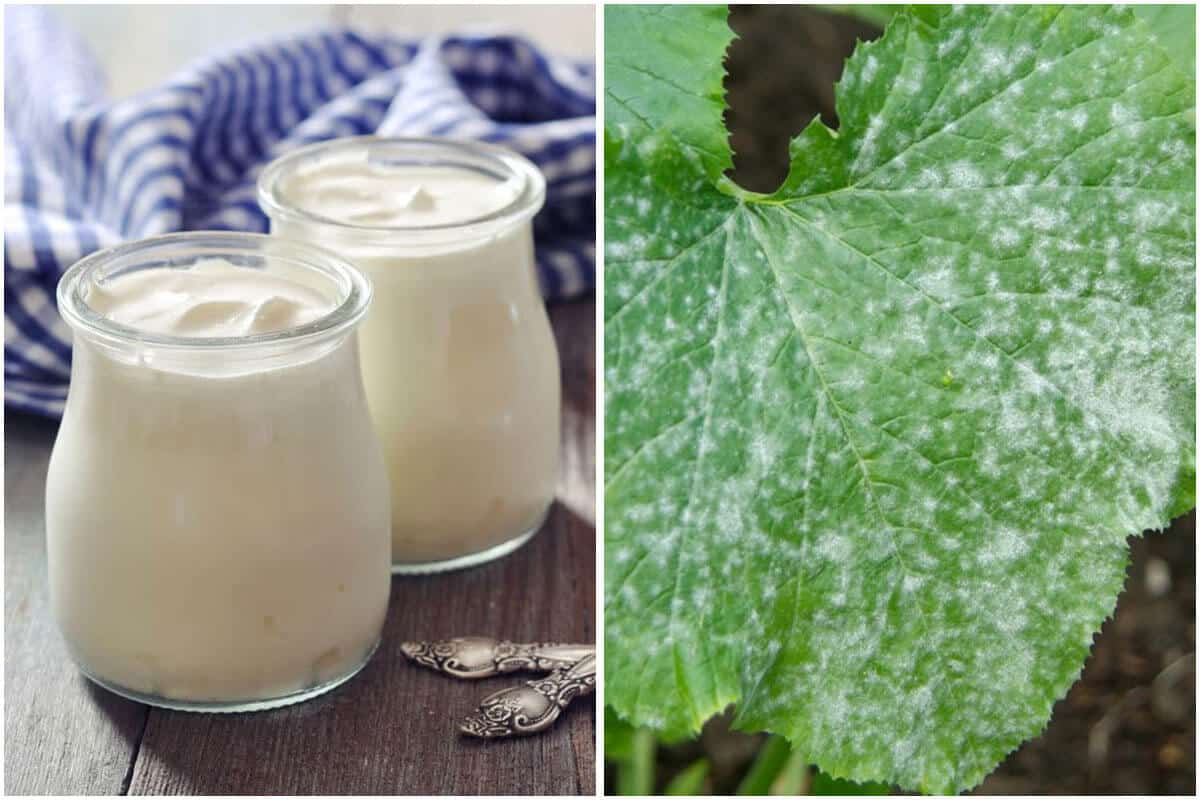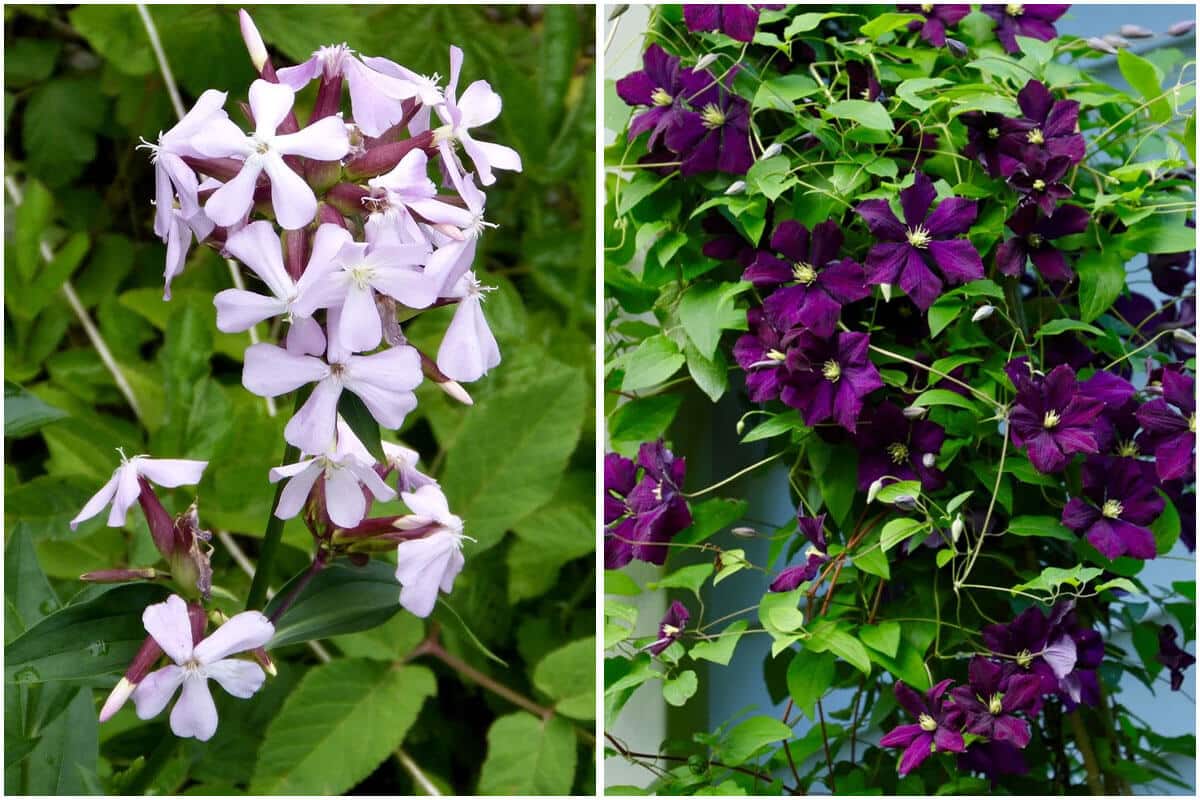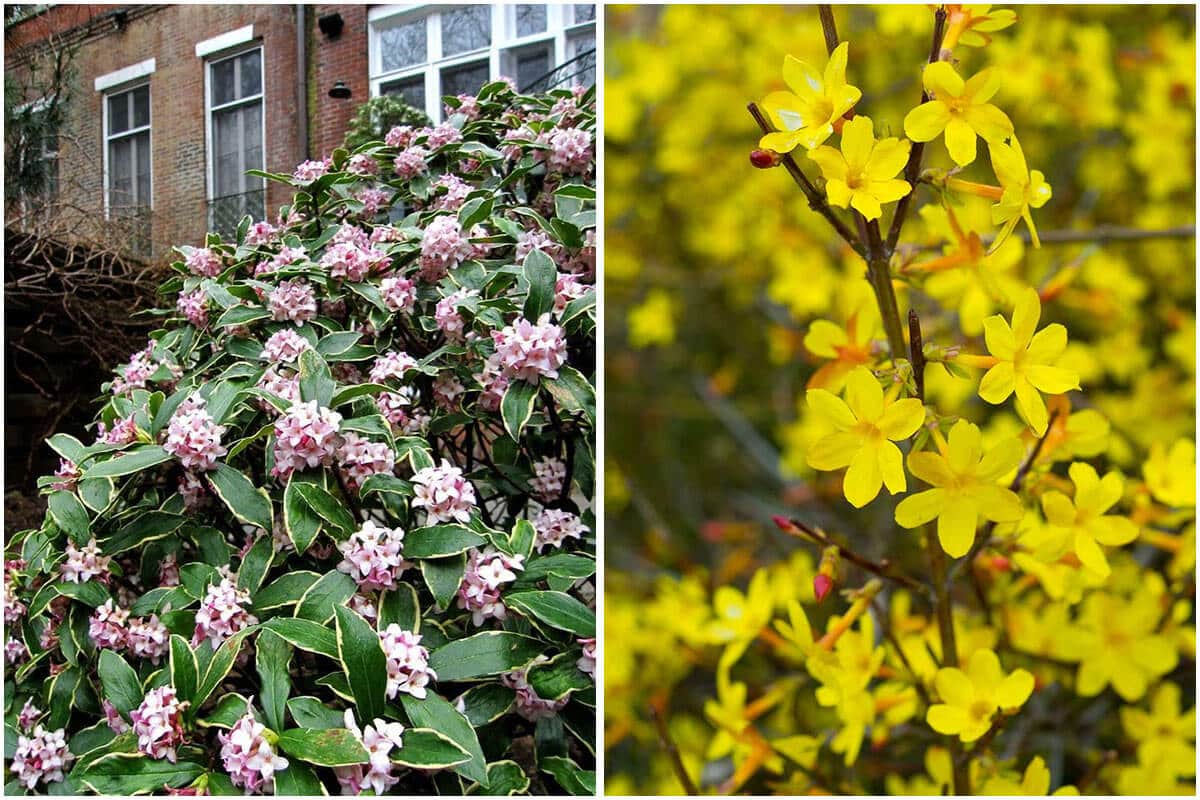Tomatoes are an indispensable food and drink on daily meals. There are so many benefits that they can bring to people. They have the effect of preventing and curing a number of diseases such as anemia, good cardiovascular health, stabilizing the digestive system. Besides, they are used a lot in beauty because it is good for the skin, for hair, etc.
Due to such a large demand for tomato consumption, the supply of tomatoes is still lacking, especially in the off-season. With tomatoes are not in the right season, they are so difficult to take care of, lead to many disease attacks that make tomatoes deteriorate, and affect the quality of fruit. And disease prevention is the most important in caring for this plant so that has a good yield and high quality. That is the reason why in the article today, we want to share the 20 best common tomato pests and ways to repel them from your garden. Let’s check them out to promptly treat your tomato plants!
#1 Aphids

Aphids are harm insects for tomatoes and other plants. To repel them, you can:
1, Pinch or prune off heavily affected leaves or other parts of plants.
2, Use a strong jet of water to blast aphids off plants. (Spray affected plants every day until the infestation is gone.)
3, Create a tomato leaf spray to kill aphids without hurting beneficial insects. Take 1-2 cups of tomato leaves and steep in 2 cups of water overnight. Strain leaves from the water and sprays onto plants. Make sure to get the underside of leaves and be thorough.
To prevent severe aphid populations on your tomatoes in future you can:
1, Plant to attract ladybugs, syrphidae species, and other predatory insects eat aphids and they keep numbers down.
2, Plant trap crops that aphids will be drawn to in preference to feasting on your edible crops.
3, Attract insect-eating birds (like swifts) to your garden.
#2 Blister Beetles

Blister beetles can do a lot of damage to your tomatoes in a short length of time. If a large infestation arrives, try to remove beetles and the plants they’ve damaged as quickly as possible. To keep numbers down in general, attract birds to eat them. Spinosad is a biopesticide that can be applied. Note that this can harm honey bees when first applied.
#3 Colorado Potato Beetle

Colorado potato beetle affects not only potatoes and tomatoes but also other crops within the Nightshade family, such as peppers, eggplant etc..Severe damage can result in serious stunting of your tomato plants. Be sure to wear gloves when picking the larvae, and adults off your plants. Potatoes around the edge of your garden can act as a trap crop and save your tomatoes.
#4 Cutworm

Cutworms are moth caterpillars that live in the soil. They can be particularly problematic for young tomato seedlings. Chewing through their thin stems, they can kill a whole crop of newly planted seedlings overnight. For mature tomato plants too. They can chew on stems and foliage and leave behind holes and weakened plants. To repel them, you can apply:
1, Place a cardboard collar (made from a 3 x10 inch strip of card) around the plant stem to create a barrier between the stem and the soil.
2, You can also spread cornmeal around the plants, which will kill cutworms when they eat it.
3, Water well too, as this can also help to disrupt these pests.
4, Encourage predatory beetles, birds, hedgehogs, or other garden wildlife that preys on these caterpillars.
#5 Flea Beetles

Flea beetles can damage the plants and reduce vigor. Flea beetles may not kill your plants but they can spread disease. Crop rotation is key to avoiding problems. Let repel these pests with basil or catnip. Or use trap crops of nasturtiums or radishes. Or plant to attract beneficial predatory insects which will help keep the numbers of flea beetles down.
#6 Hornworm

Hornworm is the caterpillar, it will eat non stop and can quickly defoliate large parts of tomato plants, creating spotted and chewed leaves, and sometimes also eating the fruit. Being vigilant and picking them off by hand is usually the best course of action. Encourage predatory species such as parasitic wasps, and companion plant with dill, basil or marigolds, all of which may help to repel these pests.
#7 Leaf Hoppers

Leafhoppers can cause yellowing, spotting, leaf curling, and other problems, and can spread disease. They are one example of a leafhopper that can spread pathogens and become a problem on tomato crops. Attract ladybugs, and other insect predators to keep their numbers down. And avoid planting host species for the leafhoppers you have encountered close to your tomatoes. Try to maintain balance in the ecosystem and only use organic pesticides as a last resort for extreme insect infestations.
#8 Leaf Miners

Leaf miners are a tomato pest. It lays eggs that hatch into small larvae that burrow beneath the leaf surface leaving whitish-silvery trails. These also leave similar trails and can reduce the vigor of plants. Leaves with these tell-tale tunnel markings should be removed and destroyed as soon as possible. Pupae found on leaves should also be removed and carefully destroyed. And the introduction of parasitic wasps is one potential form of control for serious infestations.
#9 Nematodes

Nematodes feed off nutrients pumped through tomato plant roots and can cause problems by impacting the plants’ ability to deliver nutrients to its foliage, flowers, and fruits. Planting marigolds can help to control certain nematodes in your garden. Implement good crop rotation practices to avoid the build-up of the problem. Adding more organic matter can also help.
#10 Pysillids

The tomato psyllid is a small, sap-sucking insect that can damage tomato plants. The small size of tomato psyllids makes them difficult to see on tomato plants. You may see slight yellow or purple discoloration of the mid-rib and edges of upper leaves. Leaves may curl. Always remove any infected material as soon as possible. To reduce the chances of infestation, avoid planting mallows and other perennial host plants near your tomatoes. Encourage spiders, birds, and other natural predators.





